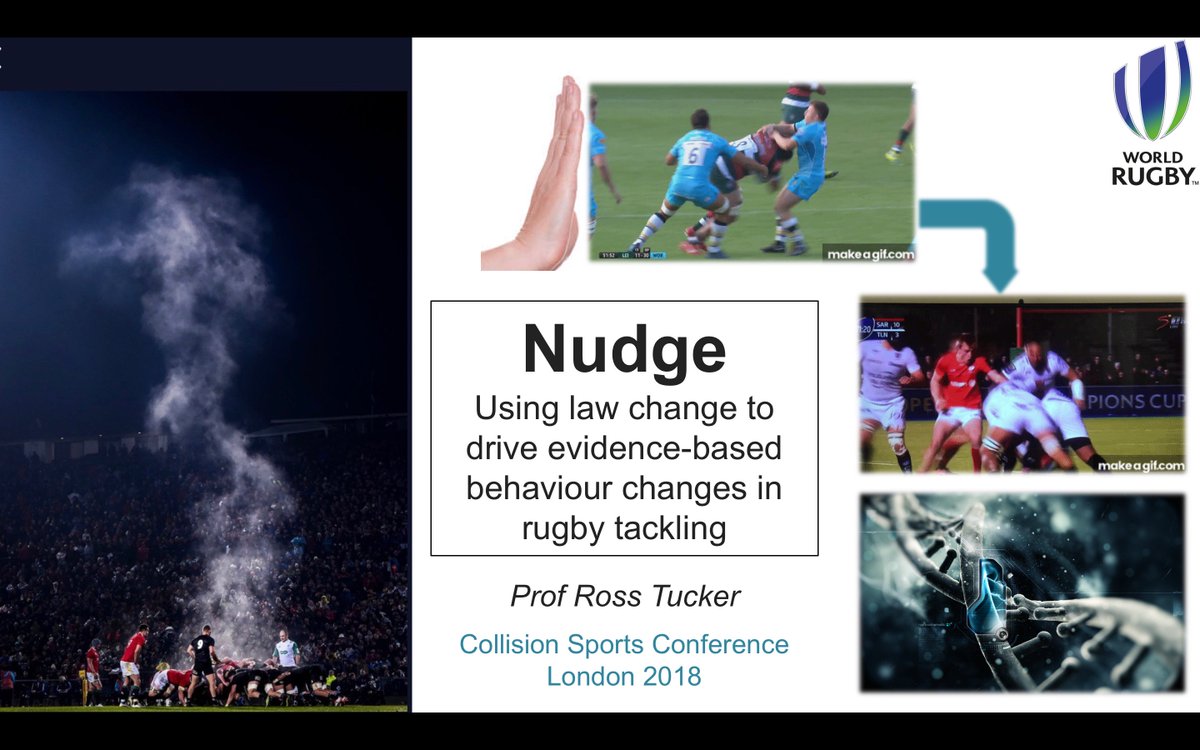I think the ABCD touches on the 'joints' of why this is a valid argument quite well, because it's "a-theoretical" (like e.g. Intervention Mapping): it's a more generic ('meta, if you will) framework. So it may >
This 'locks' these two levels of description of people's psychology a bit more precisely.
Next step: change.
Of course - life isn't linear, everything influences everything, local minima exist, etc. Still; the basic reasoning here I find hard to counter - actually, nobody >
But, failing that, *this* of how to argue your added value. Basically, you can explain that you are able to figure out exactly >
2) what we know about changing it (BCPs leveraging ELPs);
3) how to safeguard the crucial conditions for those BCPs effectiveness;
4) how to combine all this coherently (e.g. using ABCDs).





















